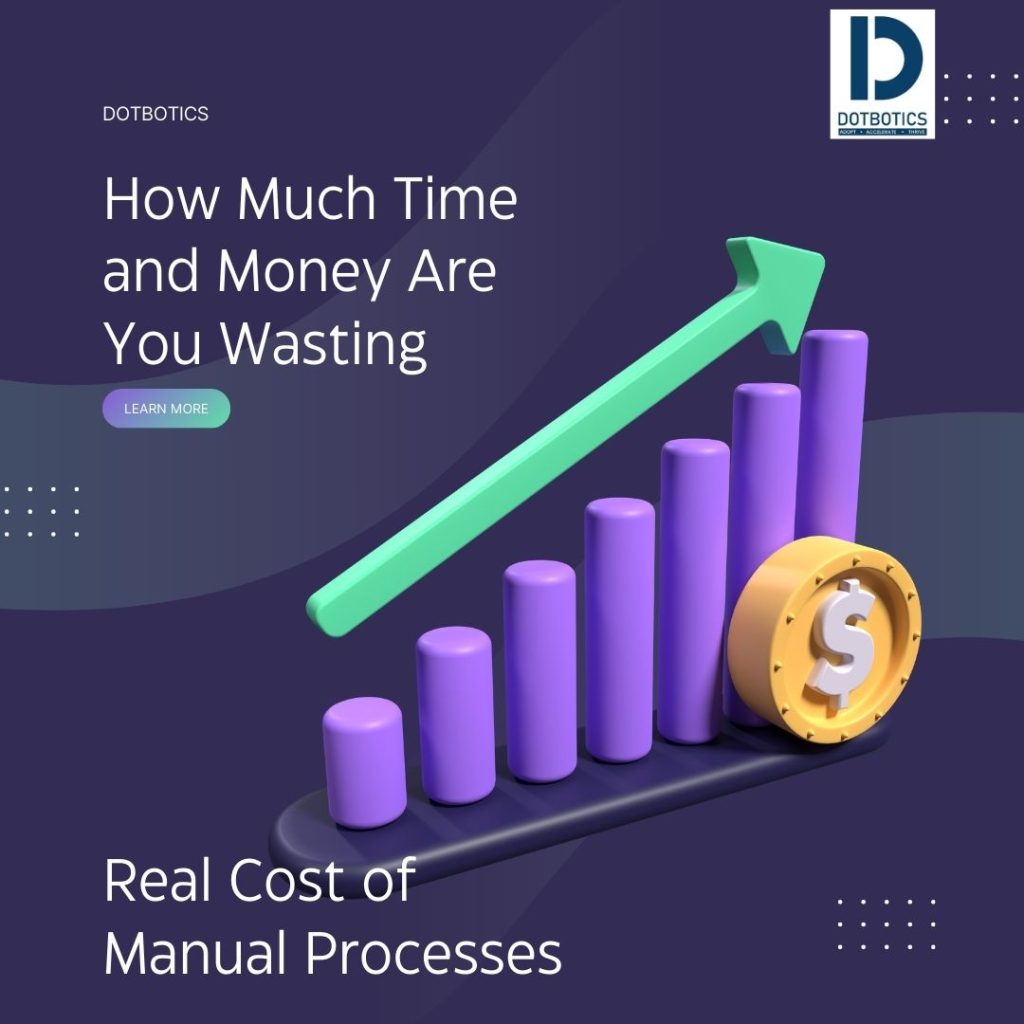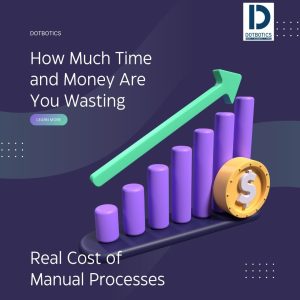In today’s fast-moving business world, efficiency is everything. Yet many companies still rely on outdated manual processes to run critical parts of their operations. From handling spreadsheets to chasing approvals through endless emails, these tasks may seem manageable on the surface. But beneath them lies a hidden drain on both time and money.
So, what is the real cost of sticking to manual systems, and how can businesses move toward a smarter solution?
- The Time You’re Losing Every Single Day
Manual processes are often slow, repetitive, and prone to bottlenecks. Employees waste hours on data entry, double-checking figures, or trying to track down missing documents.
- Manual data entry errors can take up to 30% more time to correct than entering the information correctly the first time.
- Managers may spend hours approving invoices or purchase orders simply because they’re buried in email chains.
- Teams waste valuable work hours searching for updated files instead of focusing on productive tasks.
Over time, these small inefficiencies add up to thousands of wasted hours that could have been spent on innovation, customer service, or growth initiatives.
- The Money That Slips Through the Cracks
Time isn’t the only resource lost. Manual processes come with a financial burden too.
- Error correction costs: A single mistake in manual accounting or reporting can lead to expensive compliance issues or lost revenue.
- Overstaffing: Businesses often hire more employees than necessary to handle repetitive tasks instead of automating them.
- Delayed decision-making: Without real-time data, leaders risk making decisions too late—or based on outdated numbers.
The longer businesses stick to manual processes, the more money they waste without realizing it.
- The Human Toll of Inefficiency
Beyond time and money, manual systems take a toll on employee morale. Staff who spend their days repeating the same tasks often feel undervalued and demotivated. This can lead to:
- Higher employee turnover
- Lower productivity levels
- Decreased innovation in the workplace
When your best people are stuck doing data entry instead of using their skills strategically, the whole organization suffers.
- Why Automation and ERP Are the Answer
This is where customizable ERP solutions come in. An ERP (Enterprise Resource Planning) system integrates all your core business functions into a single platform. With automation at its core, ERP helps businesses:
- Eliminate repetitive manual tasks
- Access real-time data for faster decision-making
- Reduce human errors and compliance risks
- Boost overall efficiency and profitability
Instead of wasting resources, your teams can focus on growth, customer satisfaction, and strategic planning.
- The Big Question: How Much Are You Really Wasting?
Every business leader should ask themselves:
- How many hours do my employees spend on manual processes each week?
- What is the financial impact of delays, errors, and inefficiencies?
- How much more could we achieve if those resources were redirected toward innovation and growth?
The answers might surprise you—and highlight just how costly manual processes really are.
Final Thoughts
Manual processes may feel like the “safe” or “familiar” way of doing things, but they come with a price tag that most businesses underestimate. By continuing to operate inefficiently, you risk wasting valuable time, money, and talent.
Adopting a customizable ERP system is not just about technology—it’s about building a business that’s leaner, faster, and ready for the future.
So, the question isn’t Can you afford an ERP?
Can you afford to keep wasting resources on manual processes?




